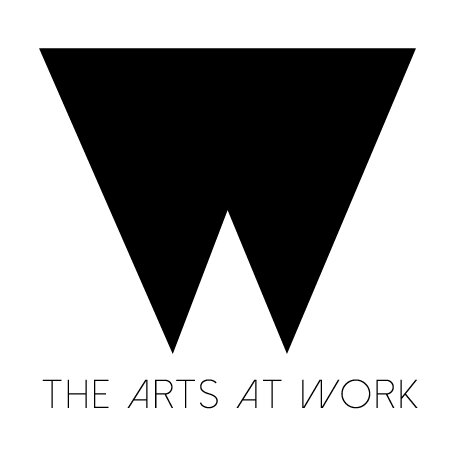Contrary to popular belief, the intrinsic is essential.
It forms our individual and collective compositions, yet in political and economic discussions on the arts and culture, we diminish that which makes us whole.
As we explored in last week’s post, we are overly reliant on the quantifiable. We revere that which is separate from ourselves simply because it generates visible results. Since it is not seen but felt, the intrinsic is considered less significant, or even meaningless, by market forces (and therefore the political sphere). These beliefs lead many artists and culture bearers to, in their fundraising efforts, clumsily yoke their work to extrinsic benchmarks that can never convey their power and influence.
What do we search for most ardently in life, if not meaning and feeling? It is the arts and culture’s rooting in sensation that makes them meaning full. The intrinsic holds the ultimate significance.
After the recent passing of artists David Bowie and Natalie Cole, the discussions that bubbled up had little to do with “the numbers”. Their art weighted trillions of moments for people across the globe, across generations and across sensibilities. Bowie and Cole’s lives’ work formed the foundation of billions of stories that, when shared, healed, buoyed and connected their mourning fans – and created new ones posthumously. The music business may promote extrinsic benefits, but the greatest value of its products is intrinsic. Its current crises may be resolved by an industry-wide deference to this reality.
Management guru Dr. Nancy J. Adler has written often on the arts and leadership in the 21st Century. In her work, she implores business leaders to uncover beauty, to seek direction from artists if they desire to succeed in ways that benefit the world broadly. Acknowledgment of the intrinsic’s primacy to our fundamental selves and our collective sense of community, will facilitate the development of an economy that is accountable.


